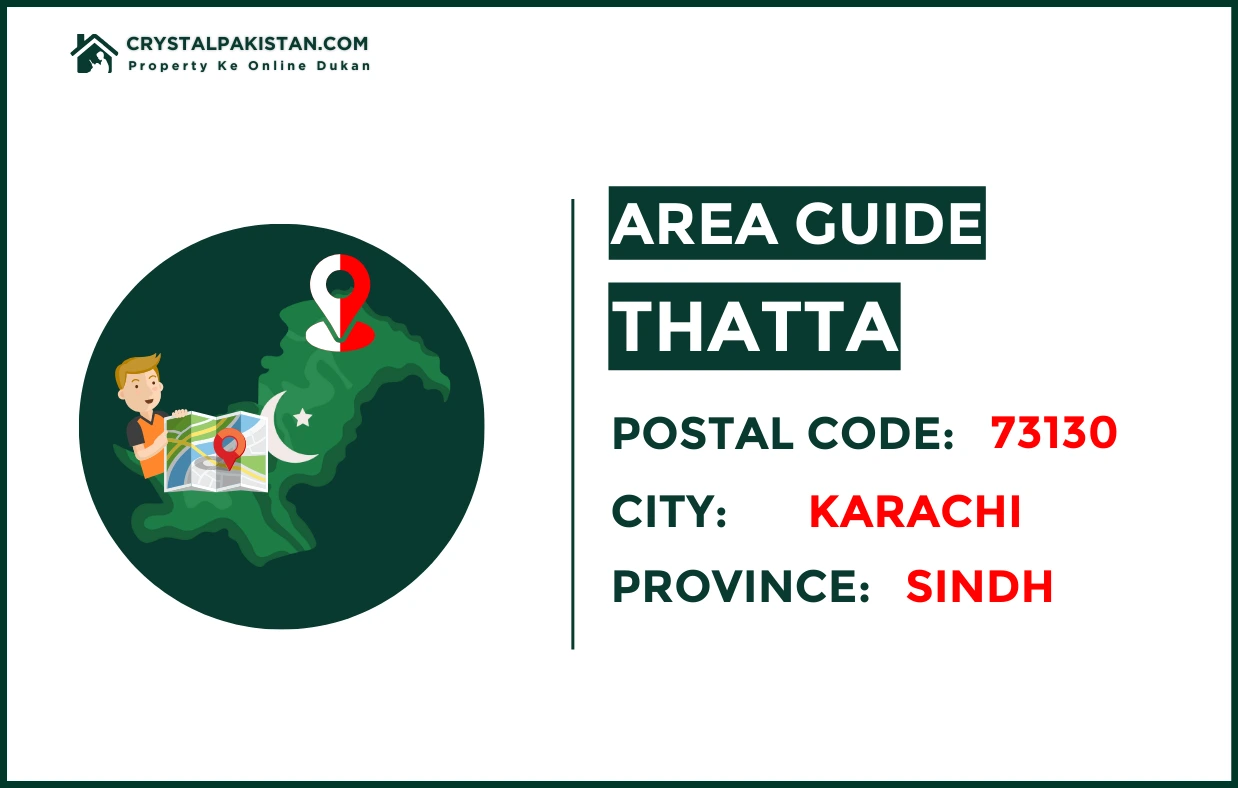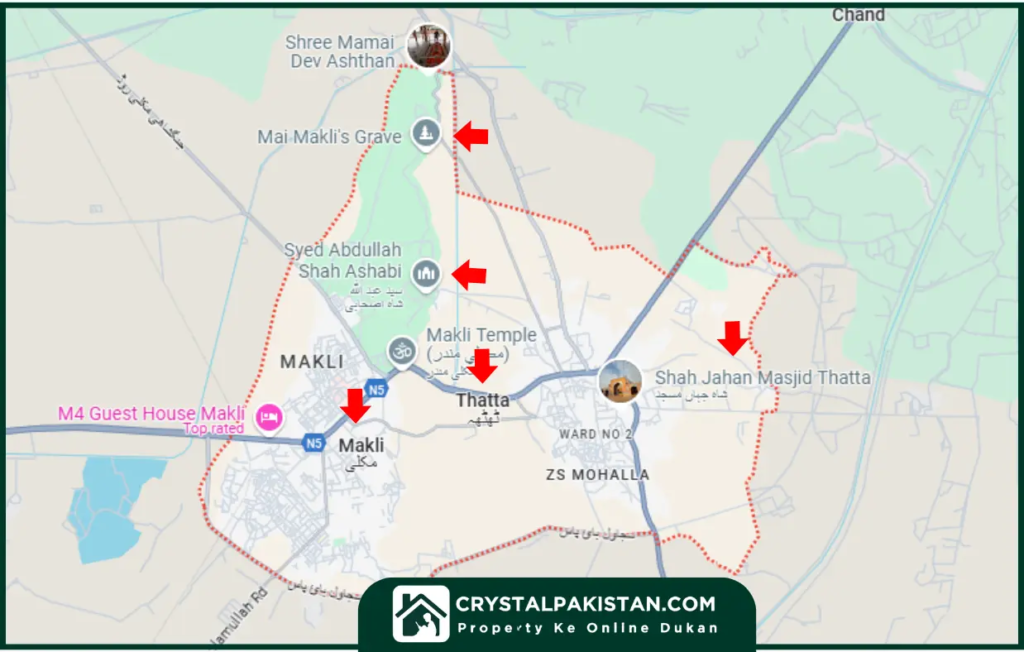- 0320-6535582
- info@crystalpakistan.com
- Chenone Road D-Ground, Faisalabad
Thatta

A Historic Jewel of Sindh, Pakistan
Thatta is one of the most historically rich and culturally vibrant districts in Sindh, Pakistan. Located in the southern part of the province, locally known as Laar, Thatta has served as the capital of multiple dynasties, a center of Islamic art, and a prominent trade hub throughout its history. Today, it is home to awe-inspiring architecture, the world-famous Makli Necropolis, and the iconic Shah Jahan Mosque. Despite modern challenges, Thatta continues to echo its glorious past.
History
Thatta Sindh was the capital of three successive dynasties — the Samma (1335–1520), Arghun (1520–1555), and Tarkhan (1555–1665) — all of which left lasting marks on the landscape. The city’s golden age came during the Samma rule, especially under Jam Nizamuddin II, who turned Thatta into a vibrant center of trade, culture, and religion.
Later, the Mughals annexed Thatta in 1591, and the city was further beautified, including the construction of the Shah Jahan Mosque, known for its unmatched acoustics and beautiful blue tilework.
In 1768, the capital was moved to Hyderabad, and Thatta began its slow decline. The shifting course of the Indus River and colonial changes during the British era impacted Thatta’s development. However, traces of its magnificent past are still visible in its ancient buildings and streets.
Makli Thatta Sindh
One of the world’s largest graveyards, the Makli Necropolis in Makli Thatta Sindh, is a UNESCO World Heritage Site. Spanning 10 square kilometers, it contains nearly a million tombs built over 400 years. This site reflects a unique fusion of Islamic, Hindu, Persian, and Central Asian architecture, making it a treasure trove for historians and travelers alike.
Table: Key Historical Eras of Thatta
Period | Ruling Dynasty | Key Contributions |
1335–1520 | Samma Dynasty | Cultural boom, Makli became sacred site |
1520–1555 | Arghun Dynasty | Artistic and architectural enrichment |
1555–1665 | Tarkhan Dynasty | Lavish mausoleums, Islamic scholarship |
1591–1736 | Mughal Rule | Shah Jahan Mosque, centralization under Mughal Empire |
1768 Onward | Kalhora & British Era | Capital shift to Hyderabad, British infrastructure |
Shah Jahan Mosque
The Shah Jahan Mosque in Thatta is one of the most spectacular monuments from the Mughal era. Built by Emperor Shah Jahan in the 17th century, the mosque is known for its 33 domes, which allow sound to travel clearly from one corner to another — a design marvel without the use of modern acoustics. Its tilework in shades of blue adds to its visual charm.
Infrastructure and Development
Despite its history, modern Thatta faces challenges like lack of basic services, poor preservation of heritage sites, and slow urban development. The Karachi Thatta dual carriageway project aims to improve road connectivity, especially since Thatta is only 98 km east of Karachi.
The nearby Gharo Water Park Thatta is a favorite weekend destination for families from Karachi and neighboring towns, offering fun and entertainment in a peaceful rural setting.
Industrial Contribution to the Region
Thatta Cement Company Limited plays a crucial role in the region’s economy. Founded in 1980, it was once part of the State Cement Corporation of Pakistan. Privatized in 2004, it now operates a dry-process cement plant and is listed on the Pakistan Stock Exchange under the symbol THCCL. The company also engages in corporate social responsibility by supporting education and health in the region.
Demographics and Administration
According to the 2023 census, Thatta has a population of 1,083,191 people and over 206,000 households. The literacy rate is low, at 26.88%, with a significant portion of the population being under 10 years of age. The district is divided into four tehsils:
- Thatta
- Mirpur Sakro
- Keti Bander
- Ghorabari
Weather and Climate
The Thatta weather is typically hot and humid, influenced by its coastal proximity. Summers are long, with temperatures often crossing 40°C, while winters are mild. Due to its location near the Arabian Sea, Thatta sometimes experiences monsoon rains.
Places to Visit Near
- Makli Necropolis – UNESCO heritage site, ancient tombs
- Shah Jahan Mosque – Mughal-era architecture
- Gharo Water Park Thatta – Family-friendly recreation
- Thatta Khalil – A nearby location with growing attention
- Kallan Kot Fort – Historical ruins north of Thatta

FAQs
about Thatta
1. What is Thatta famous for?
2. Where is Thatta located?
3. What is the weather like in Thatta?
4. What is Makli Thatta?
5. What is Thatta Cement?
By blending history with modern significance, Thatta remains a vital part of Sindh’s identity. Its legacy, architecture, and culture continue to attract historians, tourists, and scholars from around the world.
Sign up for our newsletters
The best of Business news, in your inbox.